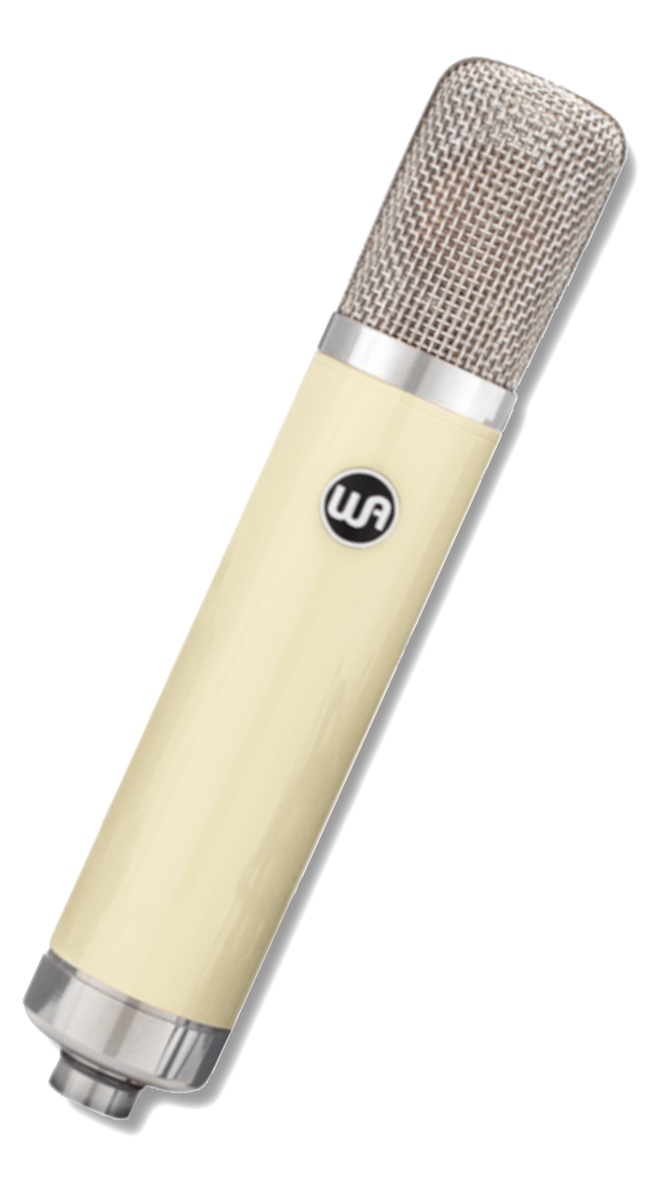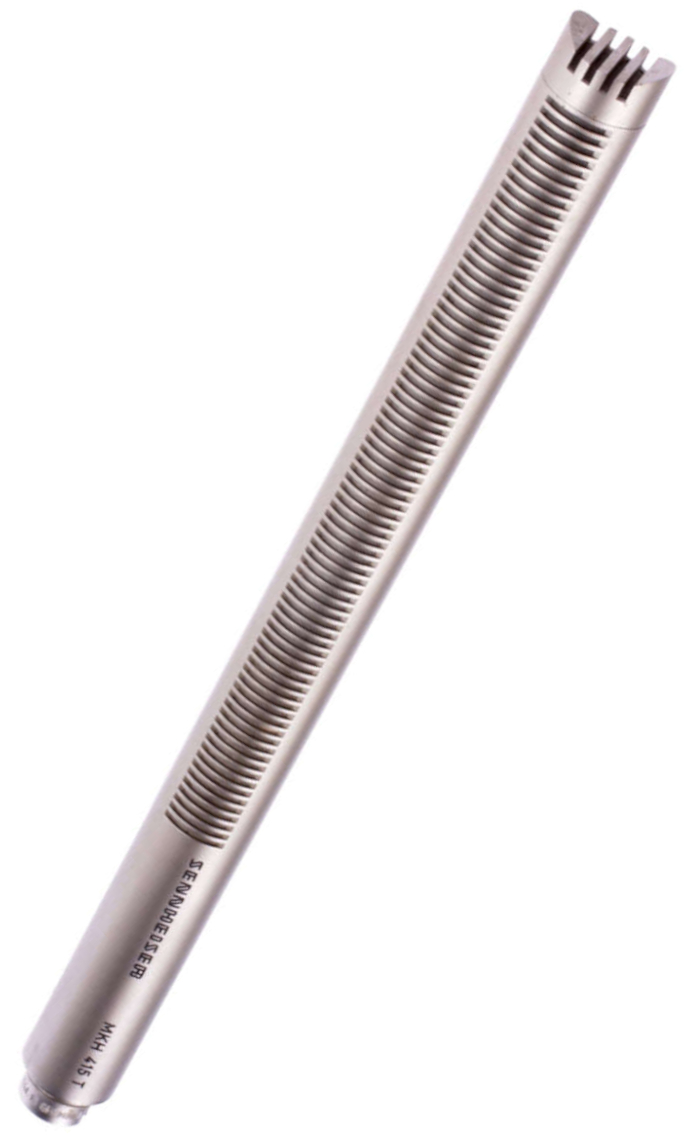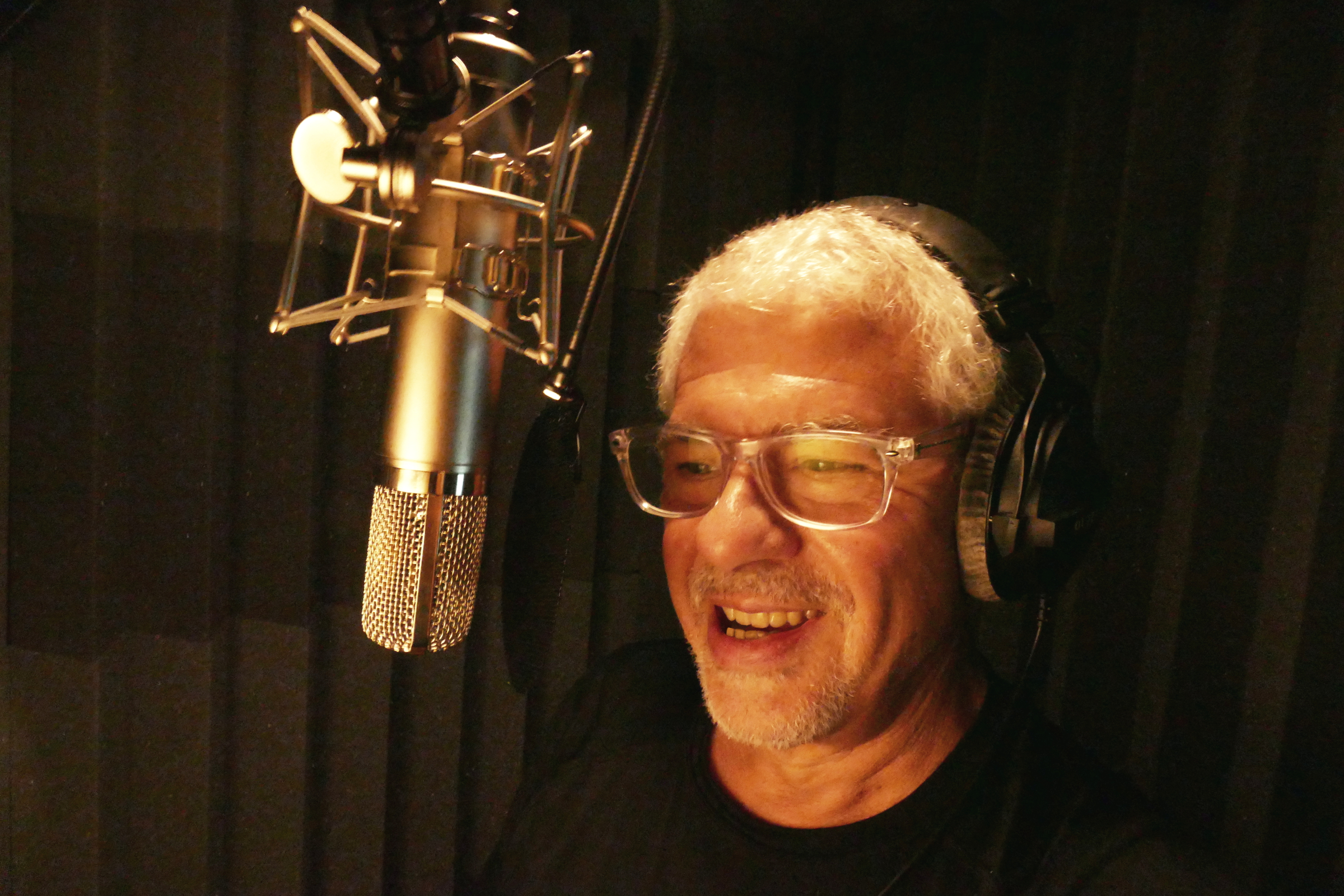Technical
Technical
For those who are into how the audio is captured, processed, recorded, and delivered…
Microphones
Meticulously hand-crafted AKG C12 clone
My primary microphone is a meticulously hand-crafted clone of the legendary, mid-1950s AKG C12. Perhaps the most famous use of the C12 is the 1985 recording of “We Are the World” at A&M Studios: Producer Quincy Jones arranged 21 C12s in a U-shaped configuration to capture the four dozen-plus celebrity singers in the session. I’d long admired the C12 but could not afford an original.
Enter Lee Dyess. I discovered this microphone in Valdosta, a small south Georgia town where I was visiting when a request for a voice unexpectedly came. I frantically searched for and unexpectedly found an exceptionally well-equipped recording studio.
I’ve recorded through an infinite number of mics including U 47s, U 67s, U 87s, TLM 103s, and many others, but I wasn’t familiar with the mic that was placed in front of me for the voice session. I was skeptical until I heard the playback of the track that I’d voiced. Better than any other microphone through which I’ve been recorded, the C12 clone perfectly aligned with the qualities of my voice, and I asked the engineer if he could build an exact duplicate of the mic for me.
The mic was custom-made by Lee Dyess who, working from vintage AKG schematics, not from a kit, painstakingly duplicated the circuitry of the original C 12 except that he used all-new components but included an AMI T14 output transformer, which is identical to that of a 1954, 2nd generation C12.
Warm Audio WA-251
My secondary microphone is a Warm Audio WA-251 large-diaphragm condenser modeled after the renowned Telefunken ELA M 251.
The original 251 became extremely popular as a vocal microphone in the 1960s and is now considered to be one of the greatest condenser microphones ever created. Original 251s are still widely used today in professional recording studios but have become extremely rare and cost-prohibitive to acquire.
The WA-251 is closely modeled after the original, using an all-brass, edge-terminated capsule that captures all the smoothness, rich top end, and warm vintage sonics of the original CK12 capsule.
The WA-251 utilizes an American-made CineMag USA transformer. This transformer helps provide the crystalline top end and the LARGE bottom end one would expect from a vintage 251.
The WA-251 uses polystyrene coupling capacitors, WIMA film capacitors throughout, and an imported Solen French capacitor on its output.
The result is a near-perfect match for my voice qualities with a crisp upper-mid and full bottom end without sounding harsh or brittle in the upper range or boomy or muffled in the lower range.
Sennheiser MKH-416 Shotgun
My third microphone is a Sennheiser MKH 416 shotgun, which is widely used in the motion picture industry for capturing dialogue. Worked up close in a voice booth, the 416 is renowned for capturing those “In a world…” movie trailer deliveries because of the clarity and warmth of its bass response, while still having less boominess than large diaphragm microphones.
AD/DA Converter and Mic Preamp – PrismSound Lyra II
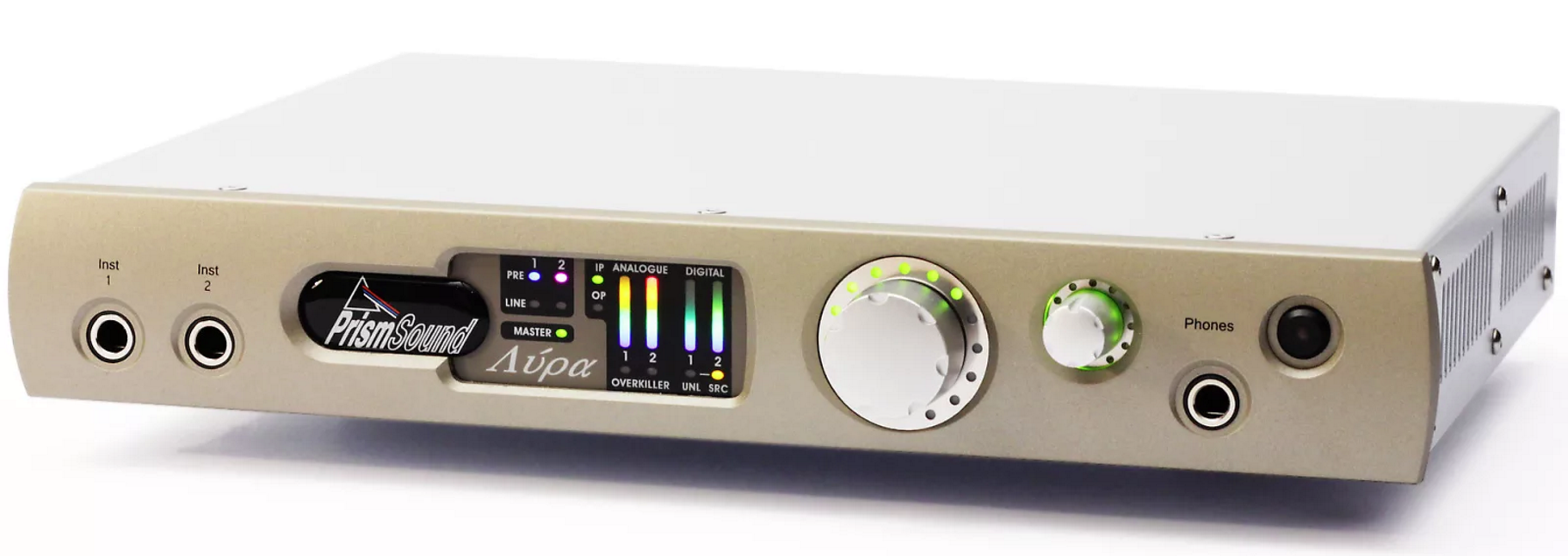
PrismSound Lyra II AD/DA Converter
The AD/DA converter is the weakest link in most voice talents’ recording systems… not here. My AKG C12’s output goes directly into a PrismSound Lyra II, the pinnacle of compact audio interfaces, which uses the same converters as the legendary PrismSound Orpheus, Titan and Atlas products found in the world’s finest recording facilities. With near-identical bench-test measurements to the Orpheus, Titan, and Atlas, the Lyra II is likely the absolute best two-channel recording interface available, capable of artifact-free resolutions as high as 24-bit/192 kHz. With a preamp section that has been compared to the John Hardy, Grace, and BAE preamps, the sound is totally free of coloration. In short, it’s simply perfect. #prismsoundrecording
1
The DAW – Mac Mini Server with Reaper Tracking and Editing Software
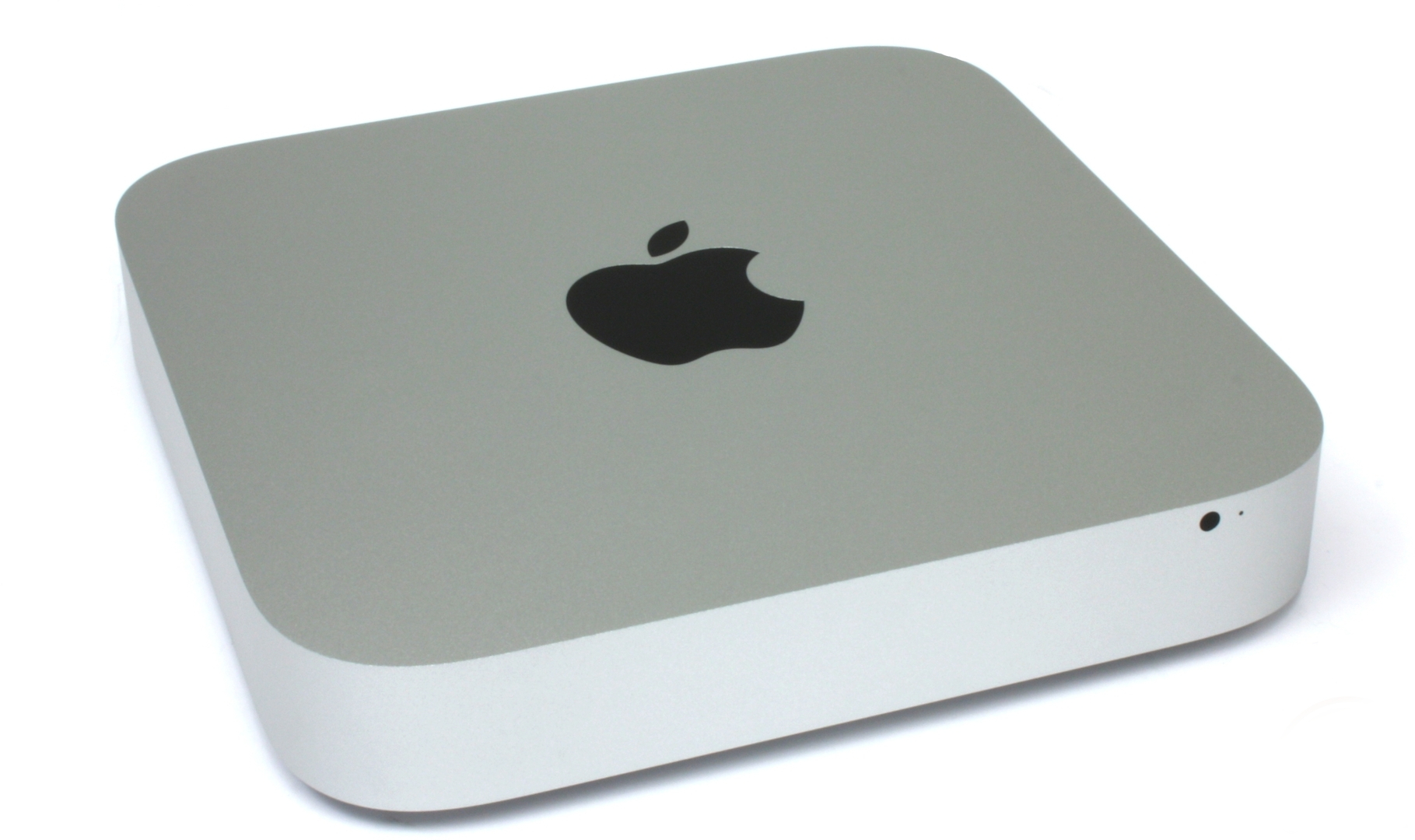
Apple Mac Mini Server
My primary computer is a Mac Mini Server with an Intel Core i7 processor, two 1 TB solid-state drives, 16 GB of RAM, and 8 TB of outboard storage. I’m running the latest 64-bit version of Reaper tracking and editing software with plugins by iZotope, Softube, WAVES, and other audio software designers. Every track I record is processed with iZotope RX10, the motion picture industry standard for audio cleanup and clarity.
In other words, no clicks, no pops, no mouth noise, no ambient noise, no hum; just pristine voice audio.
Remote control of the recording software from my voice booth is accomplished with a PreSonus Fader Port so that I am able to start and stop recording during a remote-directed session.
I subscribe to SourceConnect Standard for live, real-time, two-way voice recording capability.
The Voice Booth – Custom Crafted Double-Walled Fortress

Voice Booth
It doesn’t matter that a voice talent has a $10,000 microphone and a $2,500 AD/DA converter. If the acoustical environment isn’t almost anechoic, the resulting audio recording will have coloration, room resonance, and ambient sounds that degrade the audio track. My double-walled voice booth was modeled after several commercially available isolation structures but with a number of significant improvements.
The walls, floor, and ceiling of my voice booth are over seven inches thick! They consist of five layers of sound reflection and absorption materials, each with differing properties. No component was left to chance. Half-inch layers of tempered window glass. Roxul Safe & Sound inner wall insulation. Solid core wood door with acoustic seals. Sonically-isolated power and signal connections. Isolated ventilation system. Noiseless LED lighting. Ceiling-mounted Triad-Orbit microphone boom. Computer monitor and video camera. No expense was barred in constructing this booth.
Located outside aviation flight paths and away from commercial and emergency traffic in a residential neighborhood, and at nearly 1,000 pounds standalone weight, the booth is, as they say, “dead as a doornail.” When I record, all you hear is my voice.
What You Get
You may or may not choose my voice—I’m not the right voice for every project—but if you do choose to work with me, you’ll get over fifty years of professional voice experience and audio tracks that are as pristine as those from the finest audio recording facilities in the world.


